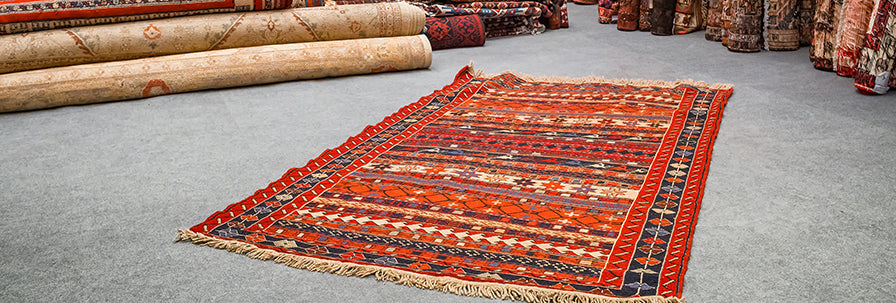How the Modern Decorating with Oriental Rugs are Important in our Culture Today
Carpeting as well as rugs from Asia have actually been preferred for modern decorating with oriental rugs and carpets in western societies. The Use of Carpets and rugs from Asia have actually been noticeable in western society in the late 90s and 21st century. The need for rugs from throughout Asia only expanded from Europe in the complying with centuries, as well as good examples of carpets as well as rugs from Persia, the Ottoman Realm, Central Asia and also the Far East still bring high costs today.
Historical Use of Fine Oriental Rugs in the Modern World

Given that childhood, Carpeting have actually been the very best place for us to rest our fears, spend the very best moments, assume, compose as well as develop wonders. Throwing a few cushions on the ground and reposting on that comfortable surface which covers you around with warmth is naturally the Carpeting in your home, which is possibly one of the few points which join into the comfort of your residence's interior.
Wonder about the people from the Old age who took shelter in caves. How tough it would have been for them to survive on cold discomforting flooring? Eventually, they started to use animals' skin, hair, leaves and other products to divide themselves from the icy cool rocks in their below-ground hollow space.
Though when individuals began to reproduce and also train pets for energy, their dependence on making use of fur to cover floors reduced and they began to use the woolen of lamb and goats to fulfil their function.
Obviously, they were started to be sheared for woolen and also hair which was rotated and also woven early in the 80th century.
How Identifying Oriental Rug Patterns in the Persian & Turkish Era was classified

While the majority of making it through old Turkish carpets date from the 16th as well as 17th centuries, it is believed that the Seljuk Turks brought the craft to the area when they ruled Anatolia in the middle Ages. As in Persia and also the Caucasus, there can be seen significant Chinese impact in the earliest making it through Seljuk carpeting. Later on, Footrest carpets were very popular with western collection agencies and also a number of the styles are now known by names related to popular westerners that showed or were associated with certain styles of which the 'Holbein' style is one. The carpeting theme called a 'gul' is the primary distinguishing function of different Footrest styles. Rugs of Egypt as well as Oushak are recognizable traditions in their very own right, the previous consists of motifs such as the cintimani with the latter being recognizable for large 'star' and also 'medallion' repeating patterns. As in Persia, after c. 1700 carpet-making ended up being commercialized and established the separate city as well as village/tribal traditions. In the 20th century, pieces came to be generated for the European market and are less preferable.
Central and East-Asian Carpets

Central and East-Asian carpets are renowned for their modern decorating with oriental rugs florish their beauty, craftsmanship and intricate designs. From the hand-knotted rugs of Iran to the supple silk carpets of China, these carpets are renowned for their exquisite detail and stunning patterns. Central and East-Asian carpets are also prized for their durability and resilience; many of these carpets are hundreds of years old, yet still, look as vibrant and beautiful as when they were first created. Not only are these carpets aesthetically pleasing; but they also have a rich cultural history. Many of the motifs and designs used in Central and East-Asian carpets are based on traditional symbols and designs that have been passed down for generations. From their unique beauty to their timeless designs, Central and East-Asian carpets remain sought-after works of art.
Symbols Identifying Oriental Rug Patterns































